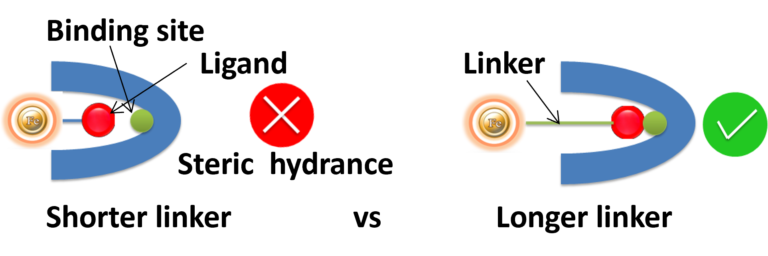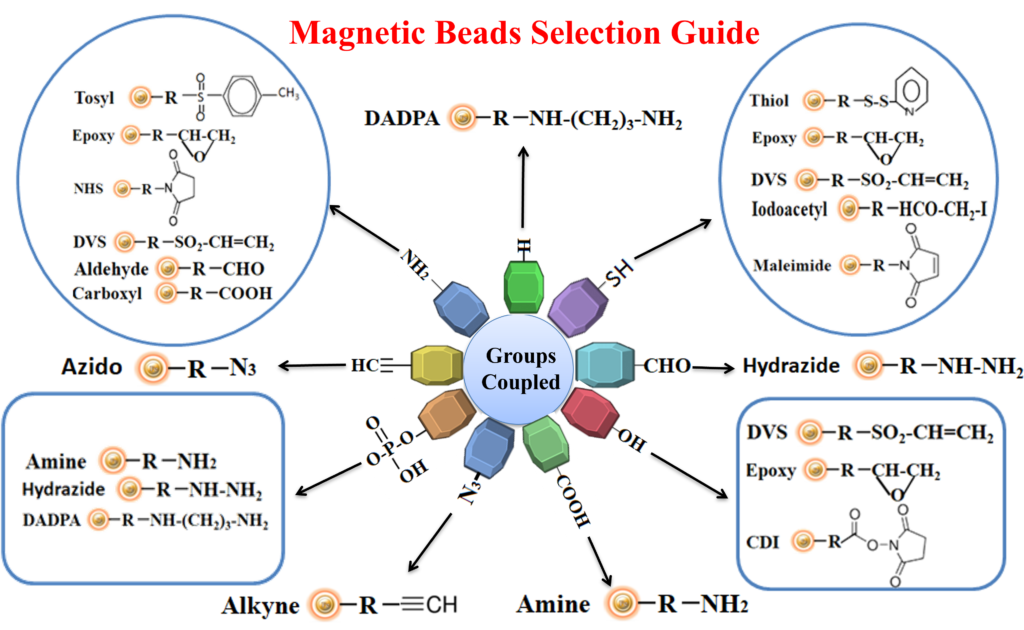- +1 858 909 0079
- +1 858 909 0057
- [email protected]
- +1 858 909 0079
- [email protected]
Affinity magnetic beads are beads that are coated with a substance that binds to a specific type of molecule. They are commonly used to purify, separate, and concentrate molecules in research and diagnostic applications. The beads are placed in a solution containing the molecule of interest, and they bind to it via the specific affinity coating. The beads are then magnetized, allowing them to be easily separated from the solution. The molecules bound to the beads can then be collected and used for further study or analysis.


Products
Pre-activated Magnetic Beads
Product Name
Product Name
Cleavable Magnetic Beads
Streptavidin, Monomer Avidin, and Boronate Magnetic Beads
Get the Latest News and Updates by Email
6393 Nancy Ridge Dr. Suite A
San Diego, CA 92121 USA
Fax: +1-858-909-0057
Get the Latest News and Updates by Email
© 2023 Bioclone Inc. All Rights Reserved.